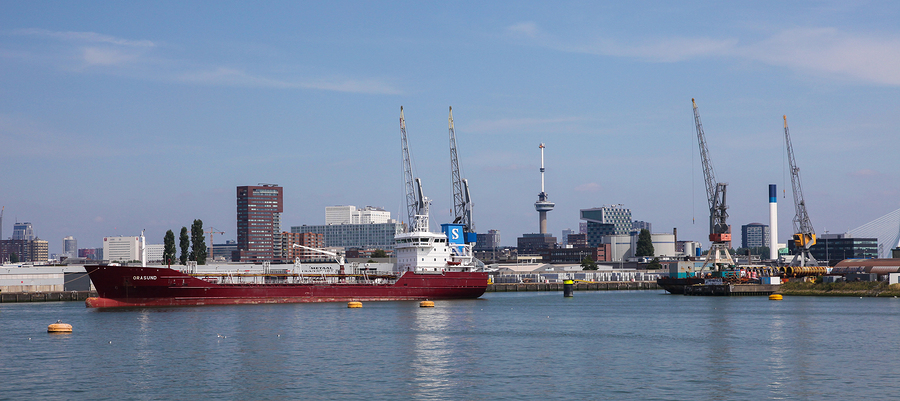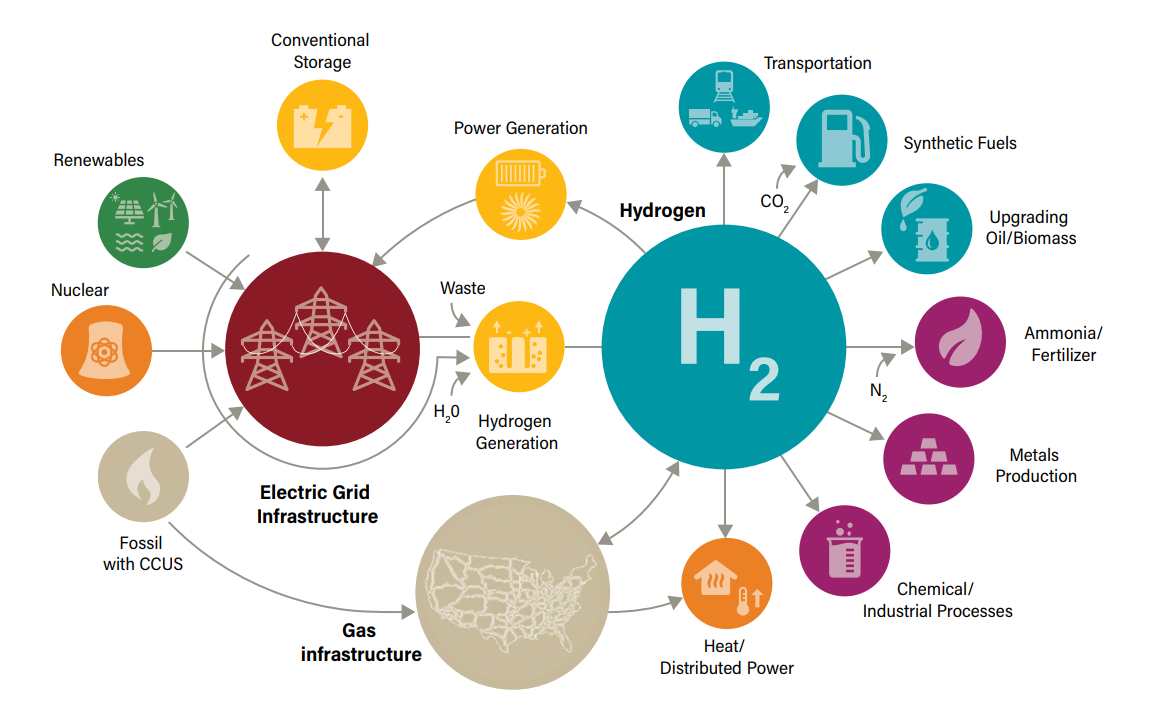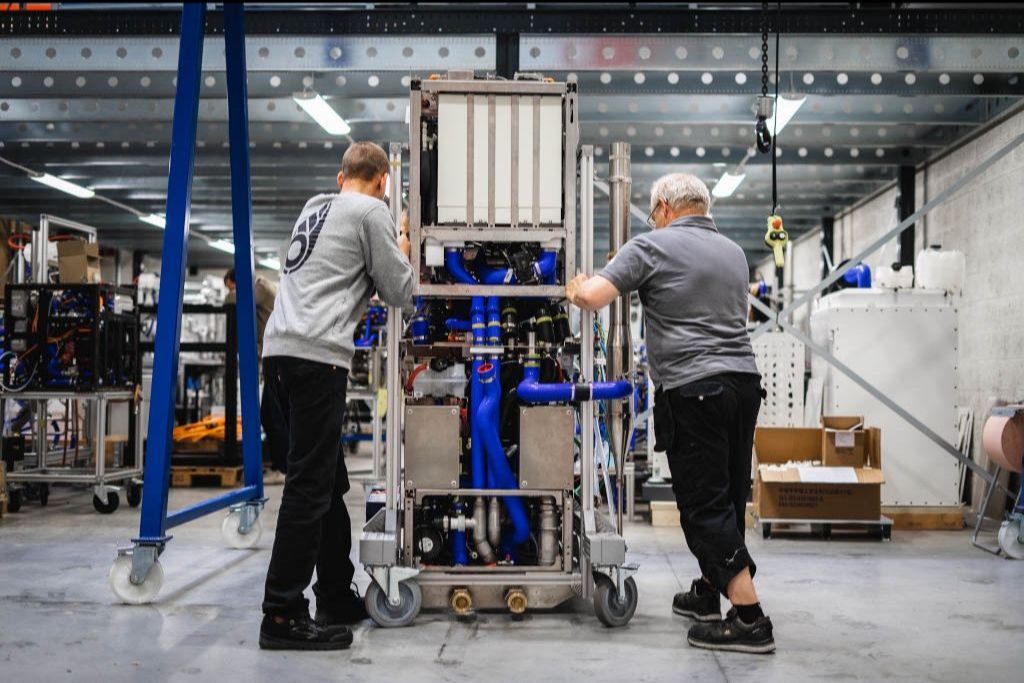Europe's hydrogen supply to come from fossil-fuel sources and renewable electricity as part of its transition
A leaked document from the European Commission has highlighted the blocs commitment to a green hydrogen society, including shipping. But it also underscores the need for a transition period, with hydrogen demand being met with production from greenhouse gas emitting hydrocarbons.
With regard clean hydrogen, the document also says there has been continual investment announced into hydrogen production due to the declining cost of renewable electricity. It states that between November 2019 and March 2020 the list of planned global investment rose from 3.2GW to 8.2GW of electrolysers in the next decade with a little over half being in Europe.
Cumulative investments in renewable hydrogen in Europe could be up to €180bn by 2050 and up to €18bn for fossil-based hydrogen. The document also underscores the need for the European emission trading scheme to be used as part of the region’s incentivising framework.
European Commission president Ursula von der Leyen recently revealed a comprehensive recovery package highlighting the need for the region’s Green Deal to be strengthened as part of this. It has led to countries reinforcing some of their green commitments, with 26 signing up to the “Hydrogen Inititiative”, notably with Germany highlighting its expectations to become a leading country in the road to use hydrogen across industry and society.
The document also suggests the region’s existing LNG and natural gas infrastructure being adapted to become part of the infrastructure that will be needed when hydrogen demand grows . This includes re-utilising LNG terminals given that hydrogen can be shipped either as a gas, a liquid or as ammonia.
But the document also highlights Brussels’ concerns about carbon leakage where companies, including shipping companies, could buy carbon intensive products from non-EU countries. One proposal is to create a Carbon Border Adjustment Mechanism to avert the risk of leakage.
Emission Trading Scheme
The European Emission Trading Scheme has long been a Damocles Sword above shipowners’ heads, with it often being used as potential leverage that Brussels could use should the IMO fail to deliver on its goals to create a global solution. However such a move is not without risks as the European Commission found earlier when it tried to bring international aviation into the ETS.
Europe’s ETS is regularly updated, and the fourth phase will run from 2021 to 2030, and von Der Leyen is in favour of including shipping. The leaked document says that “The ETS, as a market-based instrument, already provides a technology neutral EU wide incentive towards cost-effective decarbonisation in all its covered sectors through carbon pricing.
“A strengthened ETS with potential[ expansion in scope as announced as part of the Green Deal, will gradually reinforce that role, also for the production of clean hydrogen and use in different sectors. Almost all existing fossil fuel-based hydrogen production is covered by the ETS, but the sectors concerned are deemed to be at a significant risk of carbon leakage.
“In the coming revision of the ETS, the Commission will consider how the production of clean hydrogen can be further incentivised “.

































